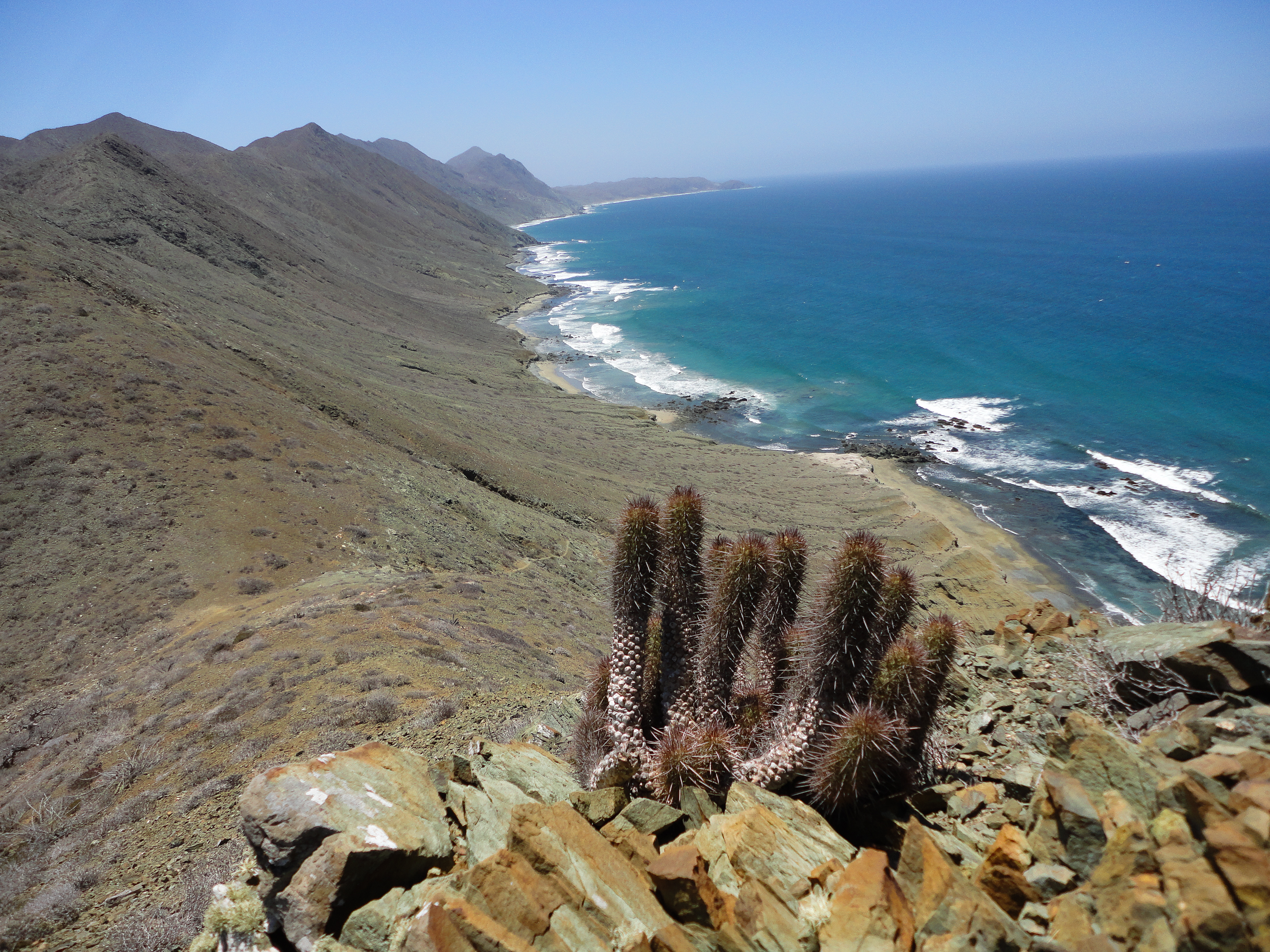About This Project
I am developing and applying innovative population genetics data analysis with habitat suitability modeling to solve longstanding challenges in the effort to save endangered plant species. Combining high throughput RADseq data analysis with species distribution models, I am exploring relatively inexpensive, feasible methods to generate powerful population viability assessments, estimates of threshold population size and the constraints on the habitats of rare plants.
Ask the Scientists
Join The DiscussionWhat is the context of this research?
The International Union of Conservation of Nature completed an assessment of the cactus family two years ago and found that 31% of the species in that family are threatened, making it the fifth most endangered plant or animal family on Earth. https://www.nature.com/article... At the same time, an extensive literature review reveals that there are very few plant conservation studies specific to the Cactaceae, especially important due to the highly specialized anatomy, physiology and ecology of these unique plants, for example, https://link.springer.com/arti.... Of additional importance, Next Generation sequencing and species distribution modeling have not been widely employed in plant conservation research in general, in spite of the efficacy of these methods.
What is the significance of this project?
What are the least expensive, most data driven and most effective strategies to conserve global biodiversity? In spite of the promise of Next Gen conservation genomics and powerful analyses of habitat suitability for endangered species, much of conservation biology still employs data gathering and analysis approaches from 30 years ago. Population level genomic data reveals detailed structure, demographic history, selection pressures, bottlenecks and founder effects for endangered species. Habitat suitability modeling using properly selected and scaled environmental variables shows the areas where endangered species are most likely to thrive. Armed with this combined data set, conservation biologists will be able to craft effective protection and recovery plans.
What are the goals of the project?
I've sampled 11 populations across the entire range of the threatened plant, with clusters representing distinct habitat types and the extremes of the range. The goal is to use population genomic data to analyze species-wide genetic diversity, possible demographic threats to the species and landscape effects on gene flow. I have been onsite in Baja California where the species grows, gathering occurrence data and environmental variables at a small scale for the habitat suitability models. The next step for the population genetics project is to perform the DNA extractions, with the support of the lab at the Desert Botanical Garden in Phoenix, and submit those samples to Floragenex. Analyzing the genomic data and refining habitat models will continue through next year.
Budget
Population genetics samples from 95 individuals across the range of an endangered cactus species, Cochemiea halei, will have sufficient quantity of DNA extracted. A full plate will be sent to a RADseq service provider. The provider will develop libraries and perform Next Generation sequencing. Quotes for this service range from $6000 to $8500. I am pursuing additional funding needed to complete this project by adding a "stretch goal" here. The genomic data will then be used in my research to show the genetic structure of this endangered cactus plant, genetic patterns in the population related to habitat suitability and genetic factors that will powerfully inform conservation strategies and reveal constraints on population size and habitat management. The work flow overall, in combination with new methods in small scale habitat suitability modeling, will be useful as an affordable and highly effective, strongly data driven plant conservation protocol.
Endorsed by
 Project Timeline
Project Timeline
I have all the necessary samples and most of the environmental data. The goal is to send the population samples for RADseq service by mid-January, 2018. From mid-February to the following February, I'll be analyzing the genomic data. Meanwhile, I will be building cross validated habitat suitability models. I expect the entire project to be completed and ready for submission to a peer reviewed journal by March, 2019. I'll also complete a work flow outline for other biologists to use.
Nov 21, 2017
Project Launched
Jun 13, 2018
Complete cross validated habitat suitability models
Feb 13, 2019
Complete analysis of population genomic data
Mar 01, 2019
Submit project article for peer reviewed publication
Apr 10, 2019
Provide detailed design and execution protocol
Meet the Team
Peter Breslin
I have been fascinated by plants, especially cactus plants, since I was 10 years old-- 46 years ago. After a 30 year career teaching high school English and mathematics, I decided to take the set of research questions I had regarding the Cactaceae and make the jump to the Environmental Life Science PhD program at Arizona State University. I am now in my fourth year and recently passed my comps and had my prospectus accepted, advancing to candidacy.
In particular, I have been curious about rare and endangered cacti, the habitat in which they occur, their adaptations to particular soil substrates and soil textures and their unique morphology. In addition to the project I am seeking funding for here, I am carrying out a molecular phylogeny of the genus Mammillaria in Baja California and adjacent regions, in order to better understand my study species, Cochemiea halei, which other studies have shown is nested within Mammillaria. This project will resolve a history of taxonomic confusion surrounding this complex genus of plants. I have become fascinated by the ways geospatial and molecular data can be used to transform conservation biology.
My love for Baja California goes back to my first travels there, 25 years ago. The variety of habitats and landscapes, from Mediterranean to extreme desert to 3000 meter elevation in the mountains to tropical thornscrub in the Cape Region, all within close proximity, and all on an isolated peninsula, create perfect conditions for a high degree of cactus endemism.
The only hurdle now to the successful completion of the research I am carrying out is financial. Even so, the amount of data obtainable via high throughput, Next Generation methods for a relatively low cost is astonishing, compared to what was possible a decade ago. I am thrilled to be part of a new wave of molecular research in plant biology.
Additional Information
The endangered plant, Cochemiea halei, in its habitat on Isla Magdalena, off the Pacific coast of Baja California Sur, growing as it often does in exposed serpentine rock. 
Project Backers
- 42Backers
- 136%Funded
- $4,106Total Donations
- $97.76Average Donation


